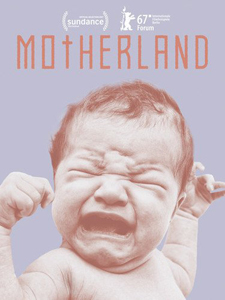 Motherland (2017)—Philippines
Motherland (2017)—Philippines
The Dr. Jose Favella Memorial Hospital in Manila is one of the busiest maternity wards in the world, with 24,000 births a year to some of the country's poorest people. To say that their facilities are overcrowded would be a gross understatement. In "Motherland" we see row upon row of beds jammed together, multiple women giving birth at the same time in the same operating room, and two women sharing a single bed. Director Ramona Diaz's film is a classic example of cinéma vérité—there is no narration whatsoever. She just turns on her camera and lets the sounds, conversations, and chaotic activity tell this story. There's a lot of positive emotion in this otherwise stressful place, especially in the camaraderie of the young mothers. They joke about their jobless husbands, of not wanting to leave the hospital because they have water and electricity there, having six kids at the age of twenty-six, or no money for transportation to and from the hospital. There's also the cheerful and competent care of the hospital staff. One theme of the movie is the hospital's pro-active efforts to encourage birth control in this heavily Catholic country, but for most mothers that's a hard sell. Indeed, in the very last scene of the film, to great fanfare, clicking cameras, cake and balloons, the hospital celebrates the birth of a baby who was designated the 100 millionth citizen of the Philippines. In the last thirty years the country's population has more than doubled from 45 million. "Motherland" was an official selection at the 2017 Sundance festival. I watched this movie on Amazon Prime Video. In Tagalog and English with subtitles.
Dan Clendenin: dan@journeywithjesus.net


